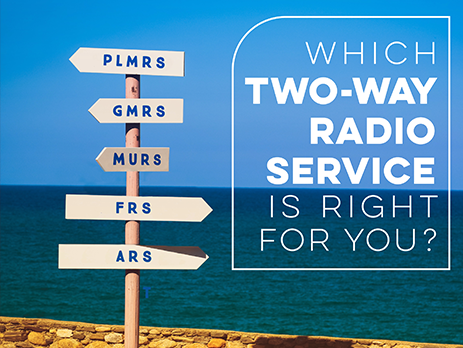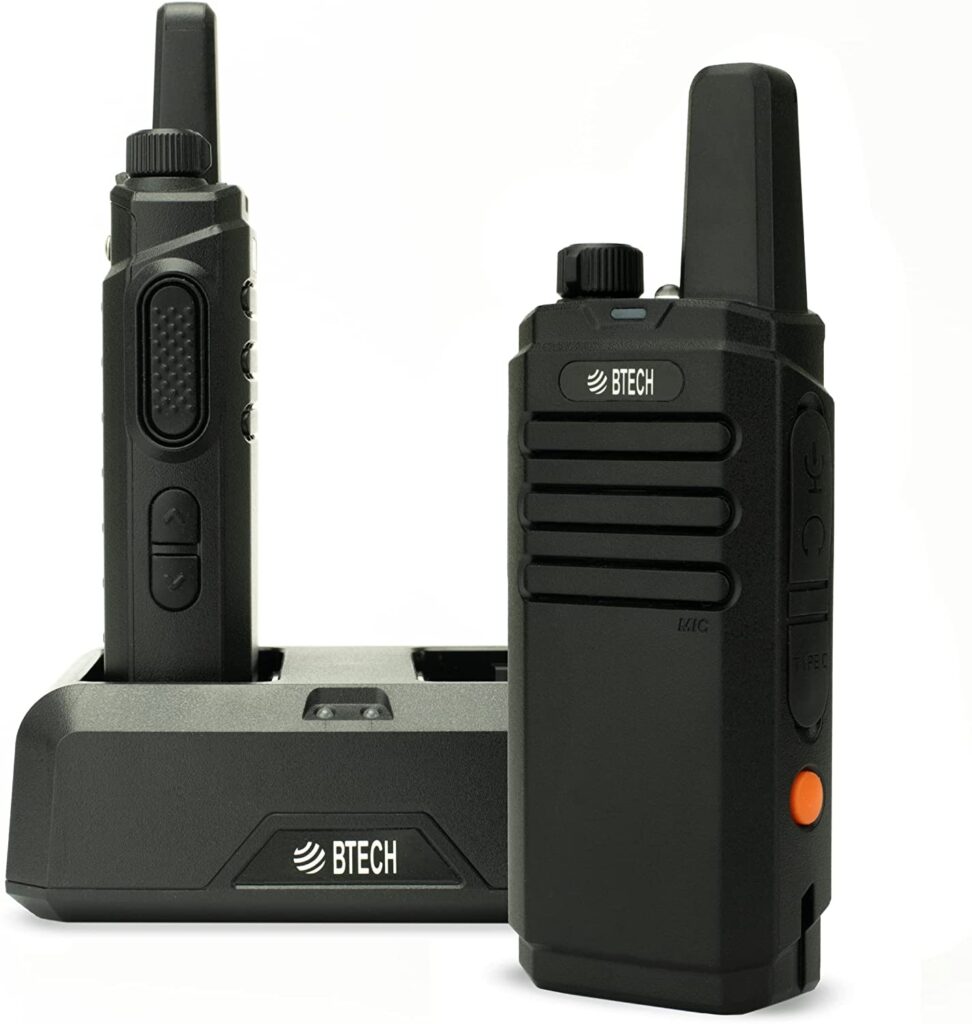Enhancing Your Handheld Radio’s Performance with a “Rat Tail” Antenna Mod
In the world of amateur radio, the "rubber duck" antennas that come standard with most handheld transceivers are a frequent subject of debate. This concern is so prevalent that it's addressed in the Technician Class exam, where question T9A04 asks about the primary disadvantage of "rubber duck" antennas compared to full-sized quarter-wave antennas. The straightforward answer is their relative inefficiency in transmitting and receiving signals. For radio enthusiasts seeking to enhance their handheld radio's performance, the typical route involves upgrading the...





